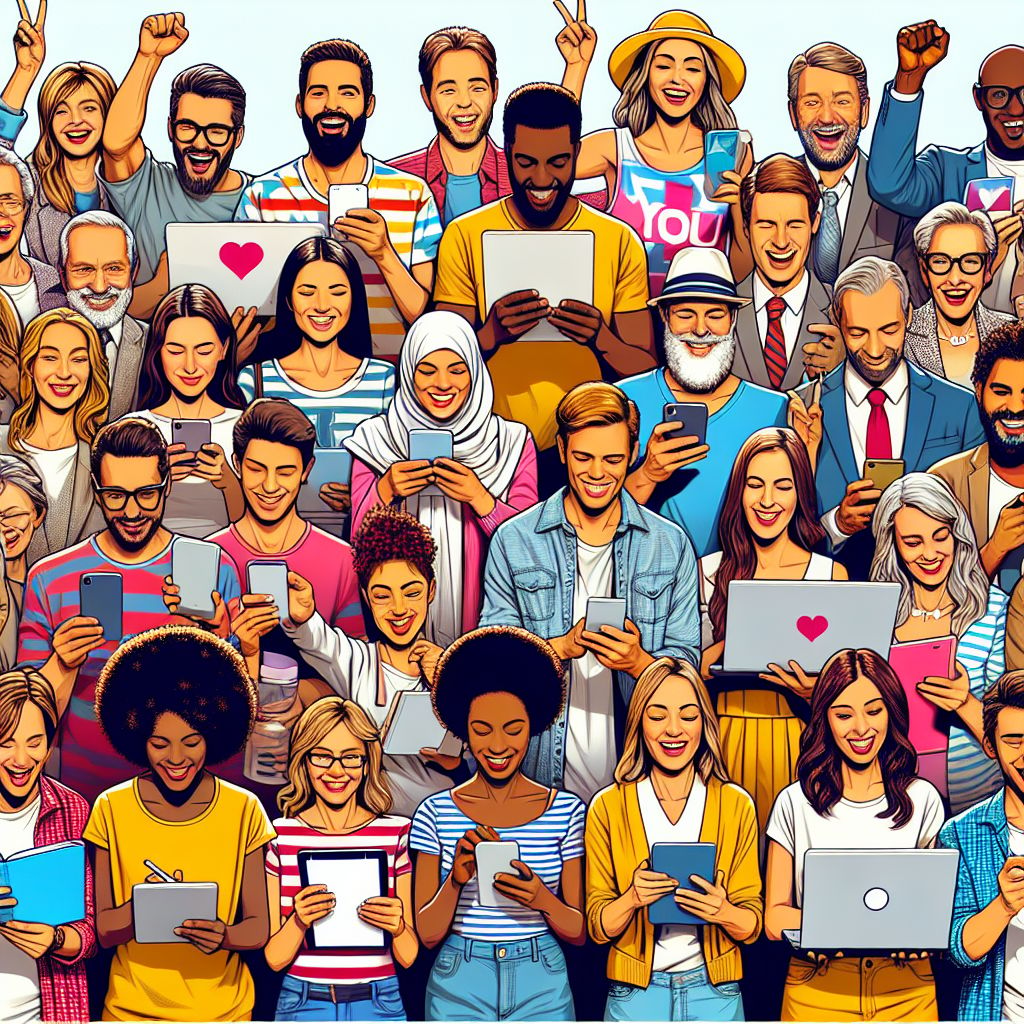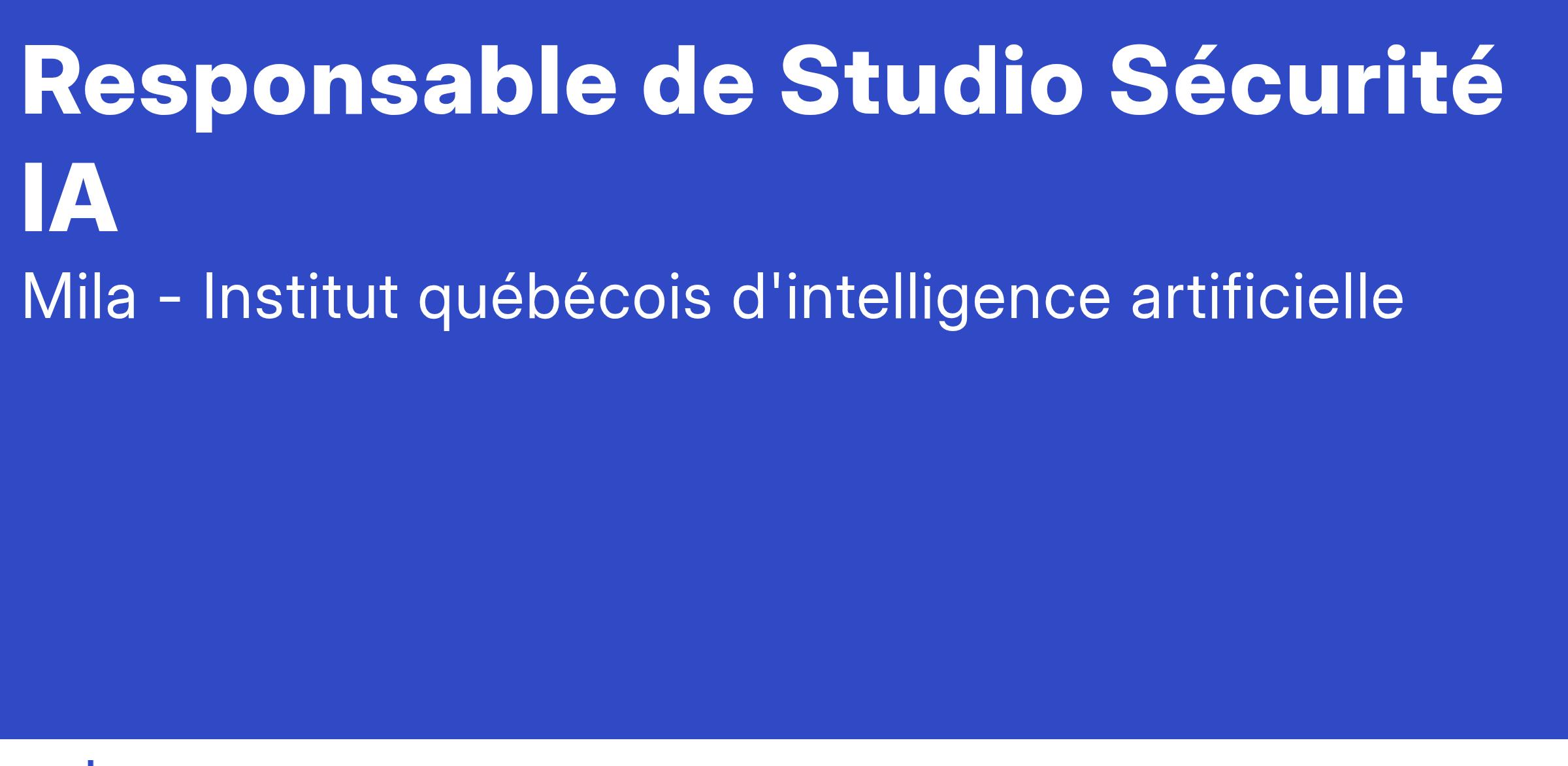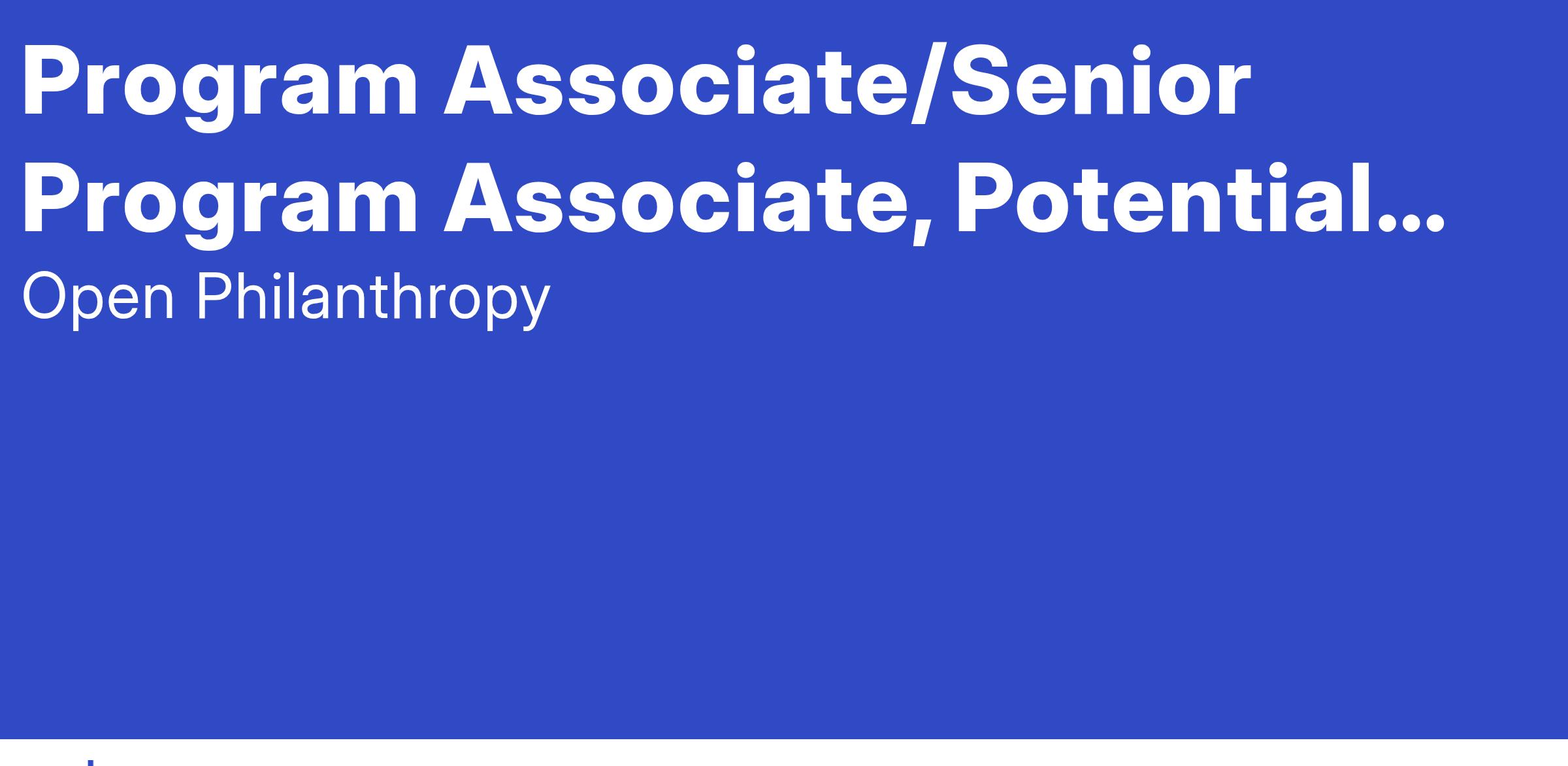The Daily Newsletter for Intellectually Curious Readers
Join over 4 million Americans who start their day with 1440 – your daily digest for unbiased, fact-centric news. From politics to sports, we cover it all by analyzing over 100 sources. Our concise, 5-minute read lands in your inbox each morning at no cost. Experience news without the noise; let 1440 help you make up your own mind. Sign up now and invite your friends and family to be part of the informed.
AI and Citizen Engagement: A Critical Guide to Risks, Digital Divides, and Getting Started
Artificial intelligence is rapidly entering the world of citizen engagement, promising to make government more responsive and participation more accessible. But beneath the hype, there are real dangers, deep inequalities, and tough questions about who benefits and who is left behind. AI is a tool—sometimes powerful, sometimes flawed, and never a magic fix for democracy.

The Double-Edged Sword of AI in Civic Life
AI can help governments communicate in multiple languages, answer citizen questions, and analyze feedback at scale. Projects like Pryon-powered digital assistants and municipal platforms in the UAE and Barcelona show how AI can streamline services and make information more accessible, especially for diverse and multilingual communities.
But these tools come with serious risks:
Bias and Discrimination: AI systems often reflect the biases in their training data, leading to unfair outcomes or exclusion of marginalized groups. If not carefully designed, they can reinforce stereotypes or ignore minority voices, worsening existing inequalities (Forbes, The Good Lobby).
Manipulation and Surveillance: Governments and powerful actors can use AI for control, not empowerment—think targeted misinformation, filter bubbles, or even mass surveillance and data misuse (UN Event, Oxford research).
Window Dressing Participation: AI-powered engagement can become a box-ticking exercise, where public input is collected but not meaningfully used, further eroding trust (Data & Society).
Lack of Transparency: Many AI systems are opaque—citizens can’t see how decisions are made or how their data is used, making accountability difficult (ITHACA Project).
The Digital Divide: Who Gets Left Behind?
The digital divide is no longer just about who has internet access—it’s about who understands, influences, and benefits from AI. The AI divide is growing, with marginalized groups (including women, people of color, disabled, and low-income communities) often lacking the skills, resources, or infrastructure to participate fully. Even in cities with advanced AI tools, non-English speakers, older adults, and rural residents can be excluded if platforms aren’t designed with them in mind (UNESCO, University of Washington research).
Bridging this divide requires:
Digital literacy programs—not just teaching people to use tools, but to understand AI’s impact, risks, and how to challenge its decisions (Number Analytics, UNESCO).
Inclusive design—involving diverse communities in building and testing AI systems, using multiple languages, and offering offline options (OECD).
Policy and investment—governments must invest in infrastructure, regulation, and incentives to ensure equitable access (University of Washington research).
How to Learn and Get Started—Critically
1. Build Your AI Literacy
Explore free, reputable resources like the Turing Institute’s guide to public engagement in data science and AI or AIandYou’s educational materials.
Join webinars, podcasts, or local workshops. A.I. Nation and People Powered regularly feature critical discussions and case studies.
2. Get Involved in Local Initiatives
Participate in city consultations using AI platforms—ask tough questions about how your input is used, and demand transparency.
Advocate for accessible, multilingual, and offline options so everyone in your community can participate.
3. Stay Critical
Don’t assume AI is neutral or always helpful. Ask who designed it, whose interests it serves, and who might be harmed.
Push for citizen oversight, open-source models, and explainable AI—don’t settle for black-box systems (People Powered, ITHACA Project).
Challenge “AI hype.” Remember, AI can automate and scale engagement, but it can’t replace human judgment, empathy, or the need for real accountability (SAGE Journals, Oxford research).
4. Demand Better Policy
Support regulations that require transparency, fairness, and human rights protections in civic AI.
Further Reading and Resources
Bottom line: AI can help democratize participation, but only if we stay vigilant, critical, and committed to equity. Don’t just use AI—question it, shape it, and demand that it works for everyone, not just the powerful.
We are growing rapidly and if you like the newsletter, help us scale more. If you use our super easy referral tool, earn amazing benefits when you help other subscribe. It only takes a few seconds to help us and grow your career.
What are your thoughts on AI for Good? Hit reply to share your thoughts or favorite resources or fill the super quick survey below.
Got tips, news, or feedback? Drop us a line at [email protected] or simply respond to this message or take 15 seconds to fill out the survey below. Your input makes this newsletter better every week.
Share your feedback on the AI for Impact Newsletter
AI for Impact Opportunities
Looking for the world's best platform to start or grow your newsletter?
We switched to Beehiiv this past summer and creating our newsletters has become a source of joy...
🌱 Stronger Engagement & Growth: Our subscriber count has soared with Beehiiv's referral tools and landing pages.
💰 Monetization Made Easy: Start earning with Beehiiv's built-in ad network and paid subscriptions.
🎨 Creating Newsletters is Now FUN: With great AI tools and intuitive UX design for both creators and subscribers, the process is effortless and delightful.
📊 World-Class Analytics: The Platform offers the best analytics, helping us track growth, engagement, and make data driven decisions.
👉 Sign up with our affiliate link for a 1-month free trial + 20% off for three months!
They also have a free plan for up to 2500 subscribers.
If you do sign up with our link this also helps support PCDN's work.
News & Resources
😄 Joke of the Day
Why did the AI apply for a loan?
Because it wanted to start up a neural network café — now hiring only if you pass the Turing test!
AI Fact of the Day
The first known AI-generated poem was written in 1952 by a program called the "Ferranti Mark 1." It wasn't great — but it technically beat ChatGPT to the punch by 70 years!
🌍 News
AI Surveillance Goes Stealth: A secretive U.S. program called ICES quietly built a nationwide surveillance network using AI and private sector data brokers — raising serious questions about transparency and digital rights.
🔗 Read via 404 MediaBrazil Pilots Wallet with User Data Protections: Brazil's government is testing a digital wallet that puts citizens in control of their data — showing how emerging markets can lead in privacy-first AI innovation.
🔗 Read via Rest of WorldGraduates Grapple with AI Job Market: College grads face an uncertain future as AI reshapes hiring — with many finding traditional degrees no longer guarantee stability.
🔗 Read via The New York Times
Career Resource
NTEN Job Board – A trusted hub for careers in tech for good, featuring opportunities in nonprofit tech, digital equity, and ethical data work.
🔗 Explore jobs
🔗 LinkedIn Connection
Dr. Marcina Singh De Vaal – A dynamic voice at the intersection of AI, health equity, and global development. Follow her for insights into responsible innovation and inclusive AI strategies.
🔗 Connect on LinkedIn
Let me know if you'd like a graphic version or newsletter layout!





.jpg)










